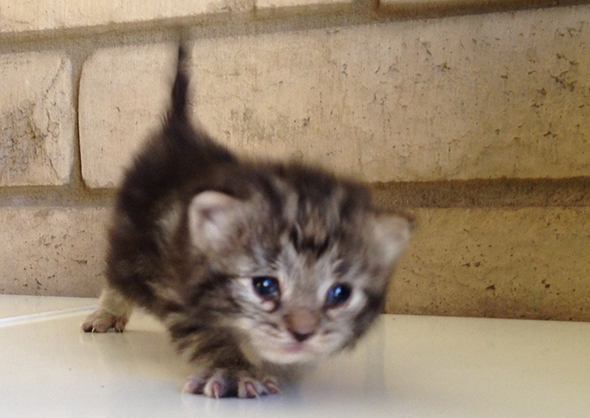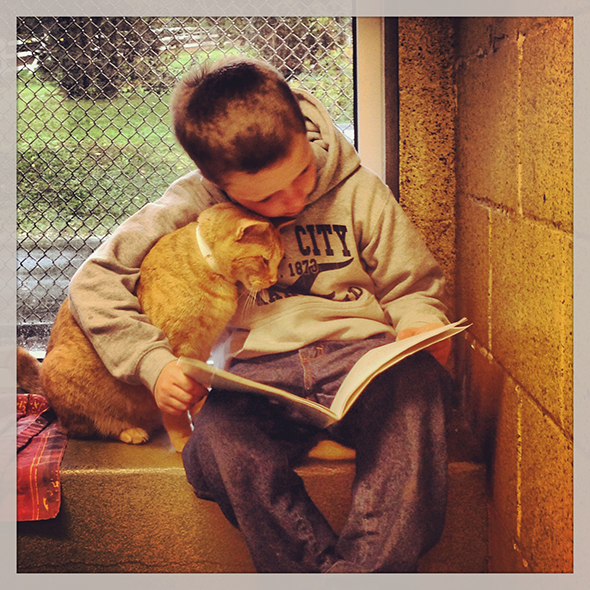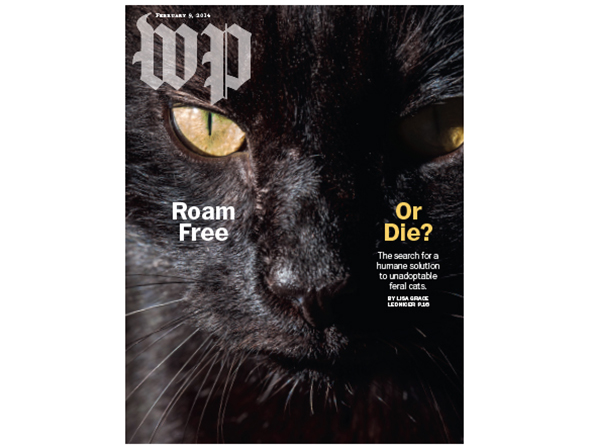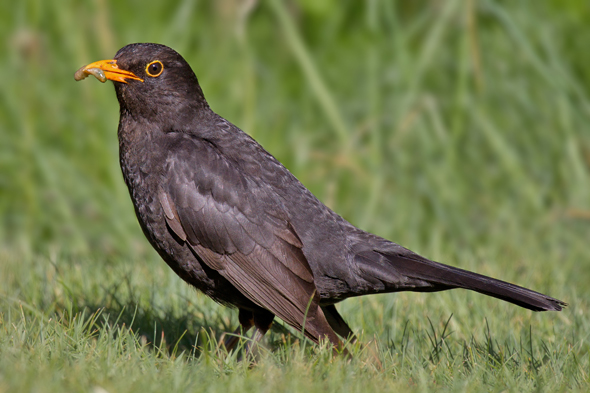Representatives of the Centers for Disease Control and Prevention sign on to the American Bird Conservancy’s witch-hunt against free-roaming cats, misrepresenting the relevant science to support their claim that “rabies transmission via feral cats is a particular concern.”

“Feral cat populations,” argue the authors of a recently published paper, “must be reduced and eliminated to manage the public health risk of rabies transmission.” [1] Their solution? “Traditional animal control policies [that] have stressed stray animal control and removal.”
It’s no surprise, given the American Bird Conservancy’s contribution (president George Fenwick is among the paper’s seven co-authors, and Steve Holmer, Bird Conservation Alliance director, is thanked in the acknowledgments for his “review and input during the writing of the manuscript”) that the article provides no evidence whatsoever of such policies and practices reducing the risk of rabies posed by free-roaming cats.
Witch-hunts, after all, have little use for evidence.
But the Centers for Disease Control and Prevention and U.S. Department of Agriculture, representatives of which make up the paper’s other six co-authors,* rely on solid evidence to develop sound public policy.**
Don’t they?
To borrow a line from Ernest Hemingway: Isn’t it pretty to think so?
Read more







